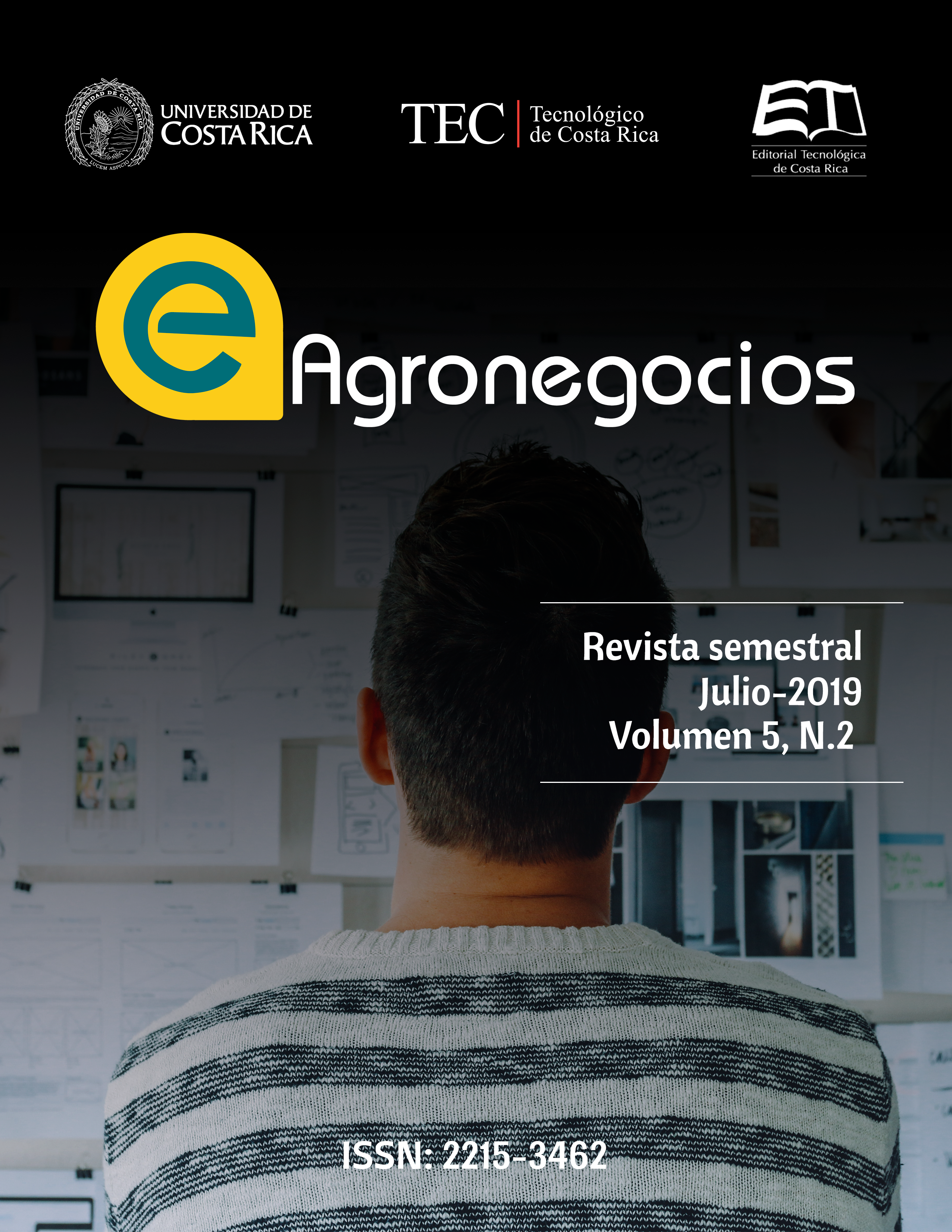Variations on kurtosis estimation with different statistics software
Main Article Content
Abstract
Kurtosis, or a distribution’s fourth moment, is used to describe distributions and belongs to some normality contrast tests. Most of the statistical softwares include kurtosis, which makes the estimation to be relatively easy. Nevertheless, for a same data set, statistical softwares can provide a different result. The objective of this work is to depict kurtosis estimation differences between statistical softwares that are most commonly used among agricultural economists. Two samples were used to compare kurtosis coefficient estimation differences with nine different statistic softwares. Results shows that these differences are not due to a mistaken estimation procedure, but mainly because the term kurtosis is used wrongly. In conclusion, when working with a small sample size and adjustment factor is not considered, there is a 20% probability of making a mistaken conclusion.
Article Details

This work is licensed under a Creative Commons Attribution-NonCommercial 4.0 International License.
Las personas autoras conservan los derechos de autor/a y ceden a la revista el derecho de la primera publicación y que pueda editarlo, reproducirlo, distribuirlo, exhibirlo y comunicarlo en el país y en el extranjero mediante medios impresos y electrónicos. Asimismo, las personas autoras asumen el compromiso sobre cualquier litigio o reclamación relacionada con derechos de propiedad intelectual, exonerando de responsabilidad a la Editorial Tecnológica de Costa Rica. Además, se establece que los autores pueden realizar otros acuerdos contractuales independientes y adicionales para la distribución no exclusiva de la versión del artículo publicado en esta revista (p. ej., incluirlo en un repositorio institucional o publicarlo en un libro) siempre que indiquen claramente que el trabajo se publicó por primera vez en esta revista.
References
Greene, W. H. (2011). Econometric Analysis. (7ed). Prentice Hall. 1241 p.
Byers, R. (2000). On the Maximum of the Standardized Fourth Moment. InterStat,1(2),1-7.
Fernández, S. F., Sánchez, J. M., Córdoba, A., Cordero, J. M., y Largo, A. C. (2002). Estadística descriptiva. ESIC Editorial. 566 p.
Finucan, H. M. (1964). A note on Kurtosis. Journal of the Royal Statistical Society, Series B, 26, 111-112. DOI: 10.1111/j.2517-6161.1964.tb00545.x.
Hosking, J. (1990). L-Moments: Analysis and estimation of distributions using linear combinations of order statistics. Journal of the Royal Statistical Society. Series B, 52(1), 105-124.
Kim, T. y White, H. (2003). On More Robust Estimation of Skewness and Kurtosis: Simulation and Application to the S&P500 Index. UC San Diego: Department of Economics, UCSD. Disponible en: https://escholarship.org/uc/item/7b52v07p
Mardia, K. V. (1970). Measures of Multivariate Skewness and Kurtosis with Applications. Biometrika, 57, 519-530. DOI: 10.2307/2334770.
Moors, J. (1988). A Quantile Alternative for Kurtosis. Journal of the Royal Statistical Society. Series D (The Statistician), 37(1), 25-32. DOI: 10.2307/2348376.
Person, K. (1905). Das Fehlergesetz und Seine Verallgemeinerungen durch Fechner und Pearson. A Rejoinder. Biometrika, 4(1/2), 169-212. DOI: 10.2307/2331536.
Ruppert, D. (1987). What is kurtosis? An influence function approach. The American Statistician, 41(1), 1-5. DOI: 10.2307/2684309.
Seier, E. (2003). Curtosis. PESQUIMAT, VI(2), 1- 26.
Student (1927). Errors of Routine Analysis. Biometrika, 19(1/2), 151-164. DOI: 10.2307/2332181.
Westfall, P.. (2014). Kurtosis as Peakedness, 1905-2014. RIP. The American Statistician, 68(3), 191-195. DOI:10.1080/00031305.2014.917055.

